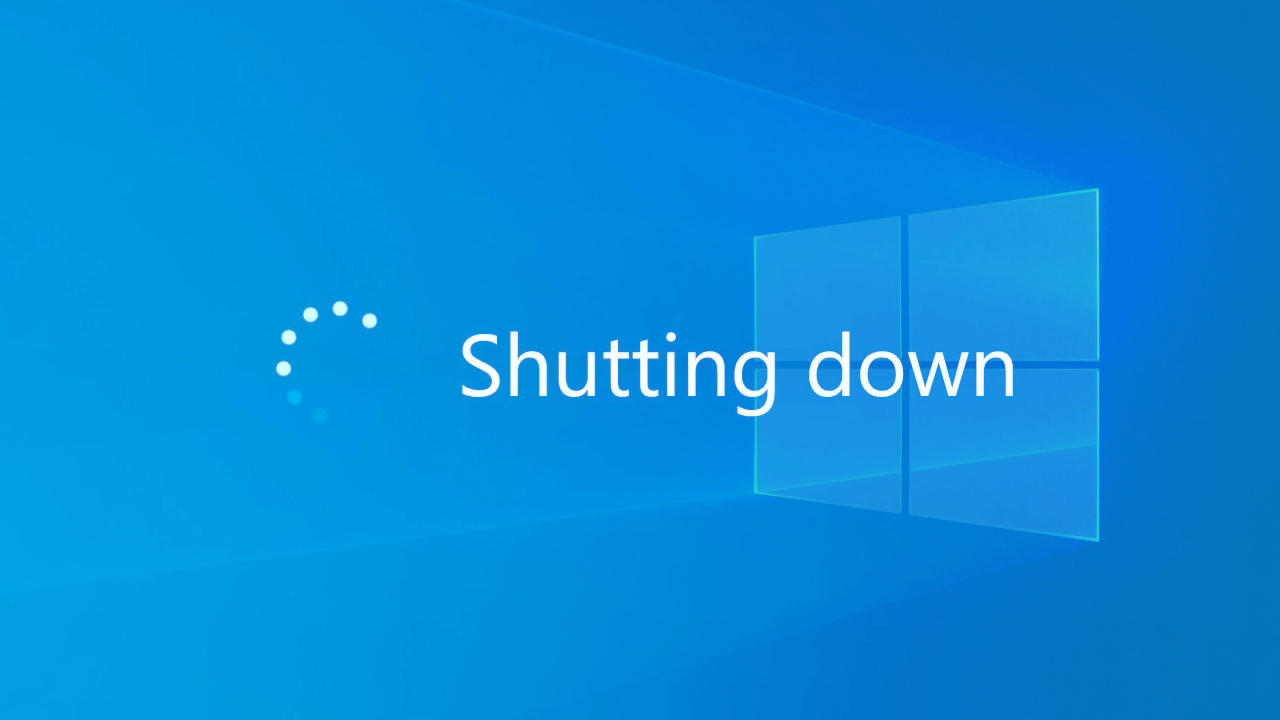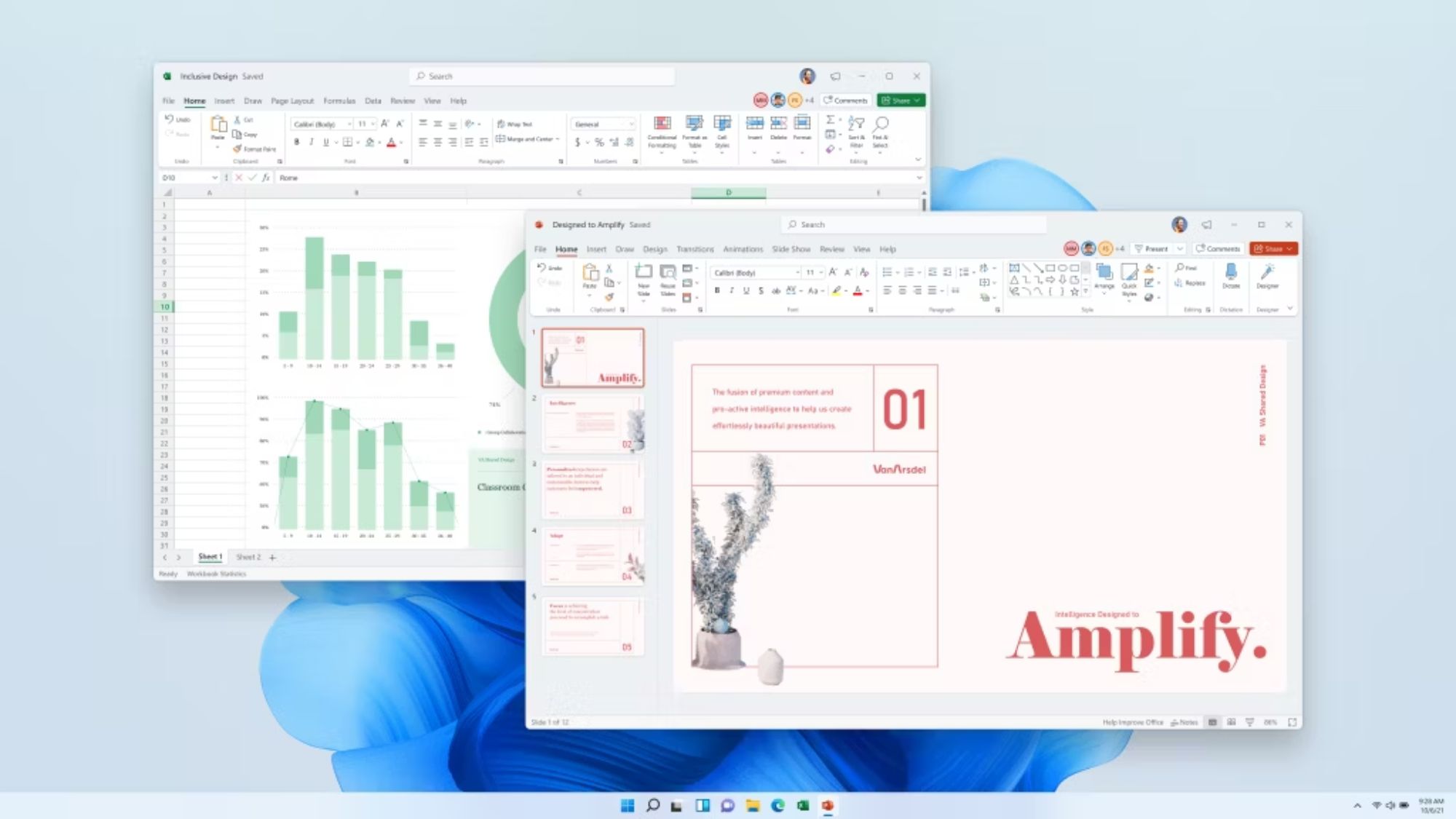
The death of Windows 10 has been signaled for years. Come October 14, 2025, the current, most-popular version of Windows will be no more — at least when it comes to technical support, new features, and vital security patches. You know, all of the things that are somewhat vital to the operating aspect of an everyday operating system.
Despite aesthetic aversions and a lingering performance stigma, the only available lifeboat for Windows 10 users now is Windows 11. And it appears many are eager to hop aboard.
Estimates from StatCounter analysts suggests more users than ever are made the switch to Microsoft's flagship operation system, dragging Windows 10's near 70% global desktop market share down to ~53% over the last 12 months — with Windows 11 seemingly destined to overshadow Windows 10's userbase for the first time since its October 2021 release over the next few months.
However, for many, the upgrade to Windows 11 is less of a smooth transition, and more of an obstacle course of hardware hurdles, software snags, and wallet woes in the wake up Trump-era tariffs.
Thankfully, Windows 10 users have a temporary "Get Out Of Jail Free" card available to them — for a price: Microsoft's Extended Security Updates (ESU) program.
But a quiet change to Microsoft's post-end-of-support plans has made the deal unexpectedly sweeter for some Windows 10 holdouts.
Moving the goalposts on Windows 10's end-of-support
Originally, Microsoft insisted that both Windows 10 and its Microsoft 365 apps would lose support in lockstep on October 14, 2025. That's no longer the case.
A recently updated Tech Community blog post indicates that Microsoft 365 apps on Windows 10 (including Teams, Outlook, Word, Excel, and OneDrive) will continue to receive security updates up until October 2028 (as spotted by Neowin), stealthily turning tail on a January announcement that claimed otherwise.
Does this moving of the goalposts suggest that Windows 10's end-of-support may get the same delayed treatment? Sadly, that seems incredibly unlikely.
Instead, Microsoft's sudden change of heart is likely to have more to do with the Extended Security Updates (ESU) program — an offer of a slow and steady descent into unfamiliar waters, rather than the immediate walking of the plank proposed by the impeding October shutdown.

Microsoft's ESU is an optional, paid service to keep Windows 10 on life support for business and home users by providing much-needed security patches after the operating system is sun-downed later this year.
Home users can secure a single year of extended security for just $30. However, businesses are expected to pay $61 per device, rising to $122 and then $244 over consecutive years.
The news of continued support for Microsoft 365 apps is likely to pair with businesses opting for the full three years of ESU support, and not a suggestion of any impeding u-turn on Windows 10's end-of-support date.
Consider it a stay of execution, not a pardon. The noose may have loosened, but the trapdoor is still very much oiled and ready.
What's next
Microsoft has given Windows 10 users a temporary lifeline, but whether they stay or delay, they'll be expected to pay.
The surprise turnaround on Microsoft 365 app security updates is a welcome one, but it won't stop the inevitability of an eventual upgrade to Windows 11 — which could mean a costly upgrade in hardware amid troubling tariff-induced upticks in hardware prices for machines that don't measure up to Microsoft's inflated minimum specs.
There's always the option to leave Windows behind entirely. Perhaps you're ready to switch to macOS, or the "End of 10" could be your invitation to explore a Linux alternative.
That said, you could also ignore the warnings entirely, white knuckle Windows 10's end-of-support while clutching your aging hardware in a death grip, and see just how long you can outrun the operating system's obsolescence before your device is riddled with spyware, your credit cards are cloned, your machine is slowly assimilated into a Chinese state-sponsored botnet, and your best form of protection is naught but a ramshackle homemade Faraday cage.
But that seems like a lot of strife just to avoid a UI with more rounded corners.







